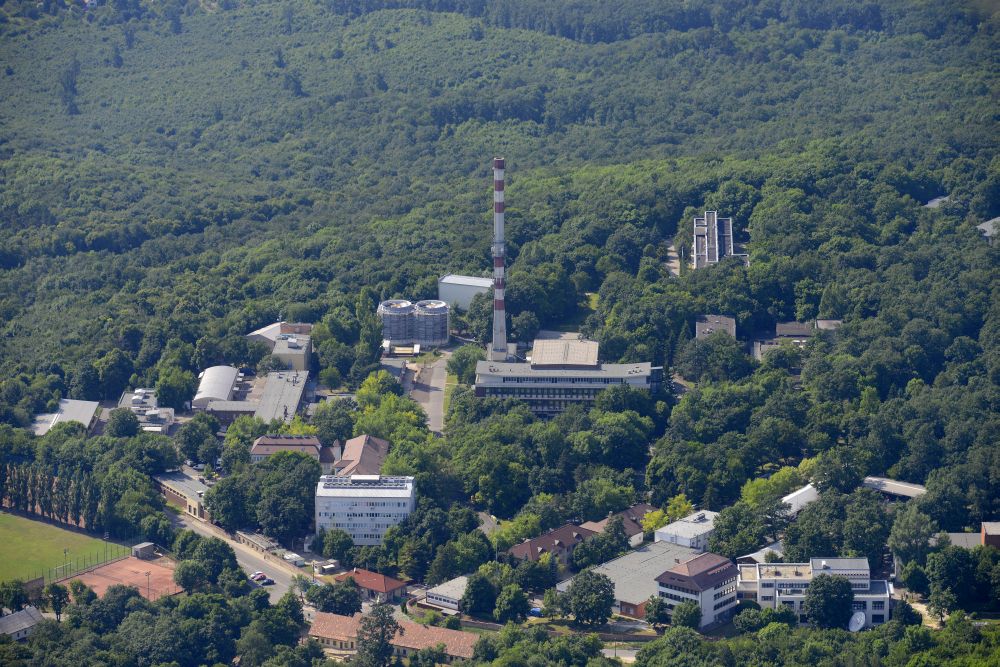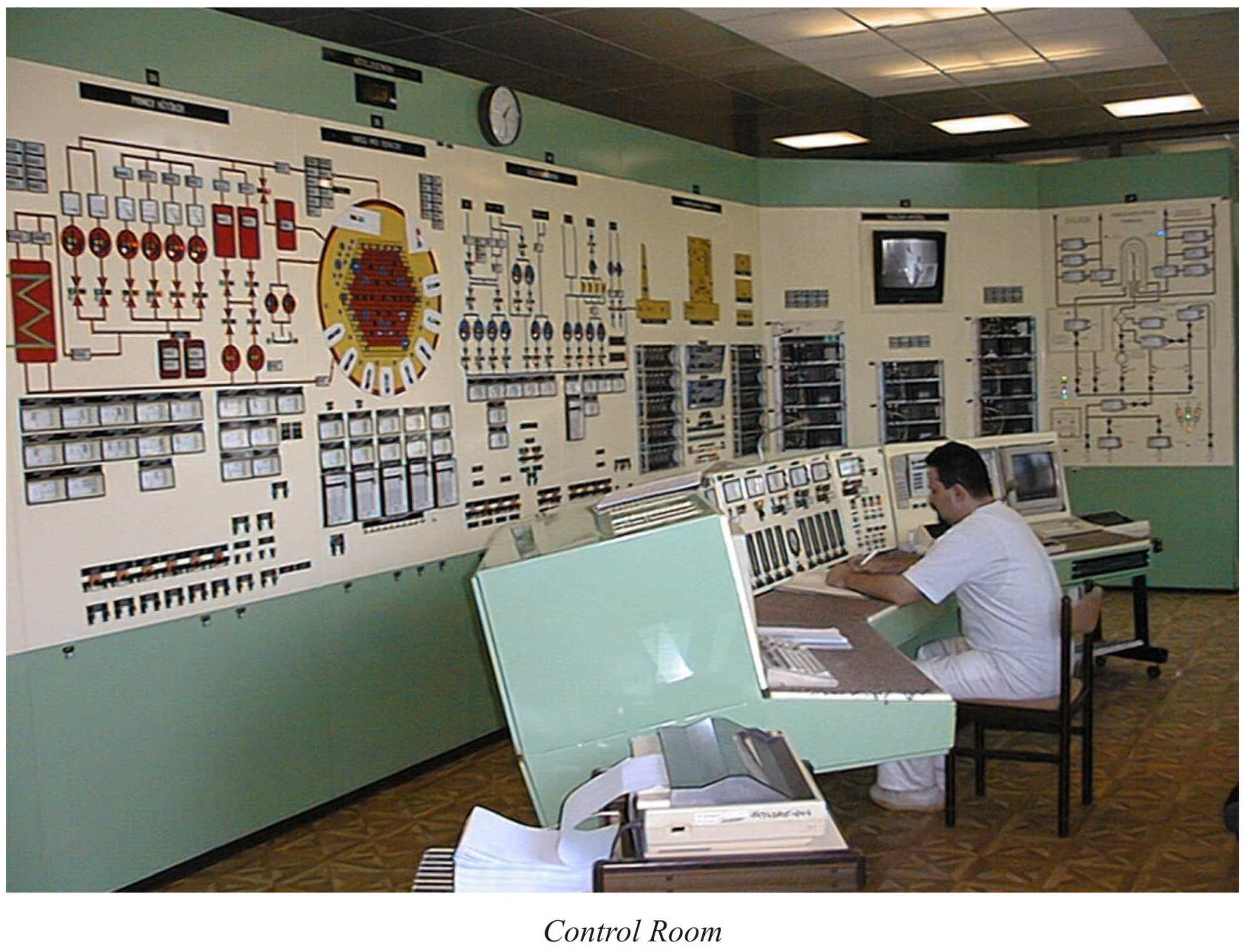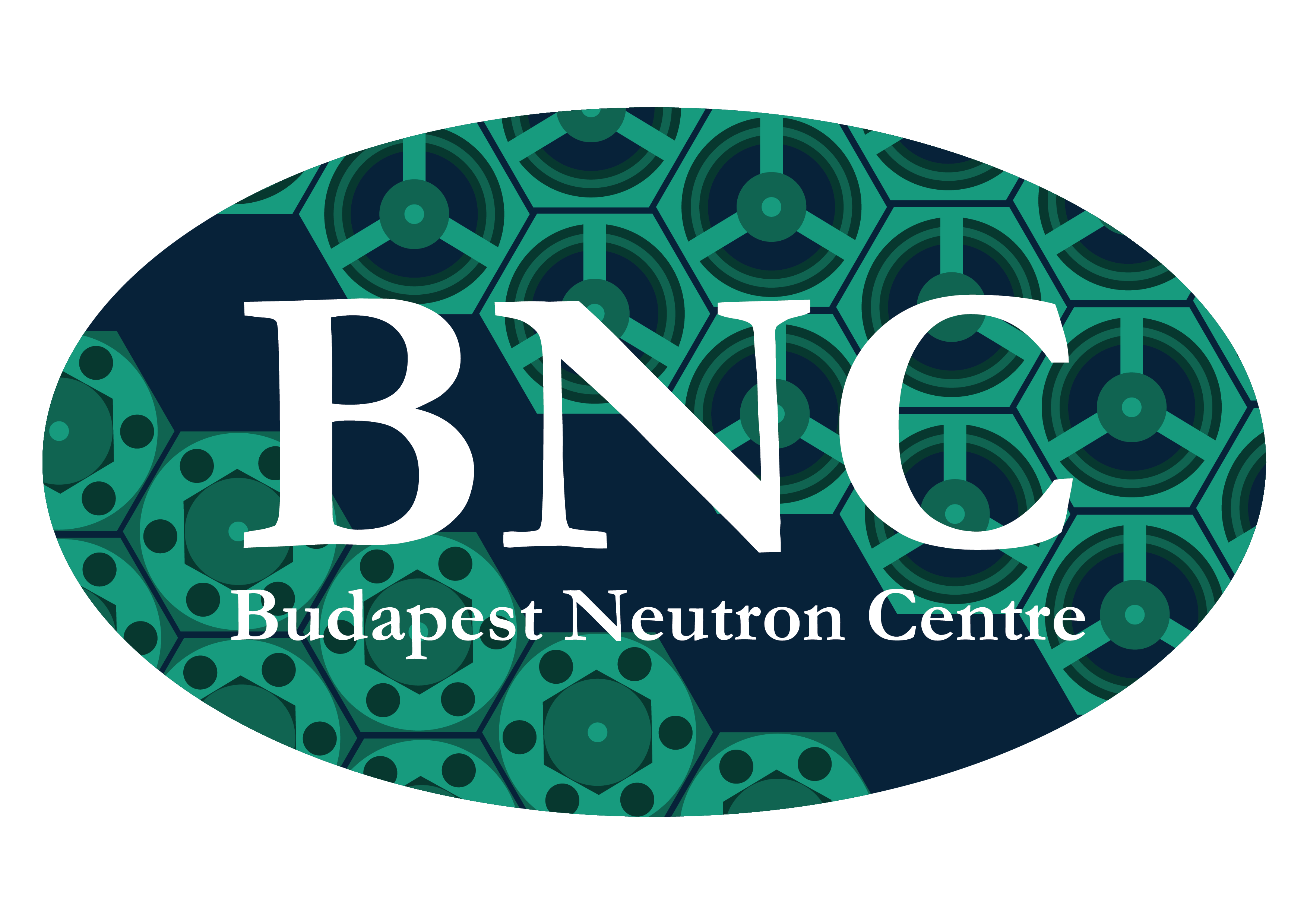Budapest Research Reactor
The Budapest Research Reactor is the leading research infrastructure in Hungary and it is one of the largest in Central-Europe. Scientists at BRR have decades of tradition in using neutron beams for neutron scattering investigations, as well as neutron-based element analysis and imaging. BRR is a VVR-type (water-cooled, water-moderated reactor) of Soviet design and construction. The construction work started in 1956. The nuclear reactor went critical for the first time on March 25, 1959. A contemporary newsreel of the original construction is available here. To start with, the reactor power was 2 MW, but it was upgraded to 5 MW in 1967. A full-scale reactor refurbishment (1986-1992), designed and constructed exclusively by Hungarian companies, was supported by the International Atomic Energy Agency (IAEA) and the European Commission. The reactor is being operated by the Centre for Energy Research of the Hungarian Academy of Sciences. The Budapest Neutron Centre (BNC) consortium was formed in 1993, with the participation of the neutron-research-related laboratories on the KFKI science campus.

The KFKI Science Campus (with the reactor building and chimney in the middle)
BRR is a tank type reactor, moderated and cooled by light water. The reactor core is surrounded by a solid beryllium reflector. The main technical data of the reactor are: thermal power 10 MW; mean power density: 39.7 kW/litre; approx. maximum thermal flux: 2.1 × 1014 n/cm2s, maximum cooling water outlet temperature: 60oC.


The reactor cycle of BRR is about 10 effective days, which is followed by a short break for a weekend. The Budapest Research Reactor is known for its reliable operation. The average operation time is 160 days per year. The actual operation schedule can be consulted here. However, to some extent, the schedule is flexible in order to accommodate various instrument development requirements.
Core conversion
Until 2009 the reactor was fuelled with Russian type VVR-SM fuel elements with 36% uranium enrichment (HEU), which later - following the commitment to join the Russian Research Reactor Fuel Return (RRRFR) program - was changed for 20% enriched VVR-M2 type fuel (LEU). The geometric and thermo-hydraulic parameters of the new type fuel elements were found identical, whilst their nuclear features are similar to the previously used VVR-M and -M2 HEU fuel elements. The core conversion scenario included both HEU and LEU fuels with gradually decreasing number of HEU fuel assemblies. During the core conversion cycles (for over 8 months) the reactor was running on mixed HEU-LEU cores. Utilisation of HEU fuel was finished in 2012 and only LEU fuel has been used since then. Due to the core conversion, no more than a 10% loss in neutron flux was experienced.
